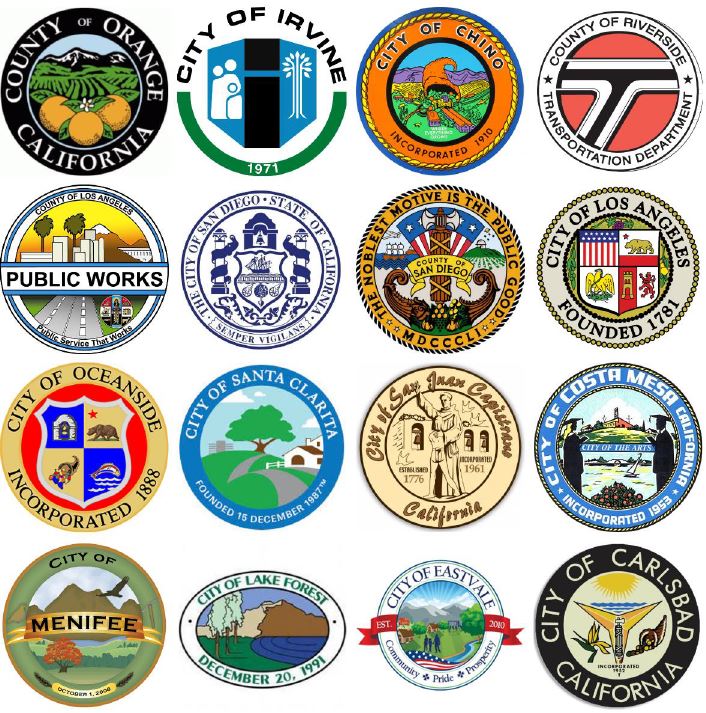Land use entitlement requires a wide array of knowledge, experience, and the ability to connect with people. The entitlement process will likely include a local jurisdiction, such as a City or County, or in some cases another entity such as a Port Authority, or possibly the Federal Government, or other jurisdictional entity. In the case of a local jurisdiction, an understanding of what the local jurisdictional leaders are looking for on a particular property, and then a full understanding of the proposed development and how it relates to the existing General Plan, Zoning, etc. are paramount first steps. In California, a thorough understanding of the California Environmental Quality Act and the associated documents/process is a necessity. A discretionary action required for the approval of a project will involve CEQA.
To ensure that all necessary elements are included in the creation of the entitlement strategy, a thorough understanding of the characteristics of the subject property is critical. These aspects include an all-inclusive list of potential constraints such as contamination, protected flora or fauna, archeological/cultural resources, wetlands, negative adjacencies, etc. If there are any of the aforementioned elements on the property, various regulatory agencies such as the California Department of Fish and Wildlife, the US Department of Fish and Wildlife, the Water Boards, the Army Corps of Engineers, and others may be involved in the process and ultimately permits may be required from these agencies. Certainly, there are horror stories of failed entitlement efforts; however, a well thought out and thorough strategy, active political and community outreach, and the ability to build trust with the stakeholders, provides the best path to a successful entitlement result.
Blog Written By: Bob Garrison, Director of Consulting Services
Comments or questions? Please feel free to contact Bob at [email protected].



